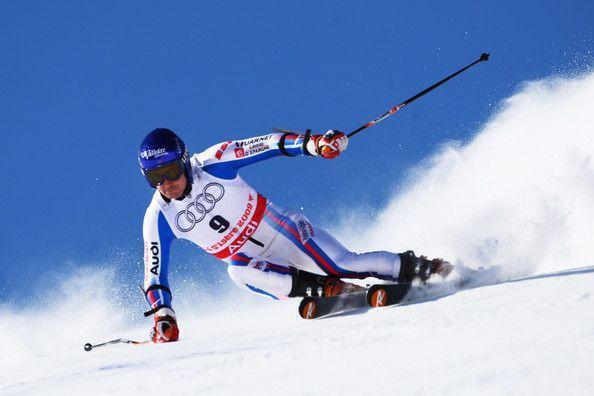WHAT IS GIANT SLALOM AND HOW IT WAS INVENTED
WHAT IS GIANT SLALOM AND HOW IT WAS INVENTED
Monster slalom was concocted in Italy in 1935 — the consequence of a mishap of climate, as per a new article in the magazine care. It happened when a declining race, planned to occur on January 19, 1935, in Mottarone, above Lake Maggiore in Piedmont, must be changed because of the absence of a day off.
Instead of the work of art, open downhill of the time, the FISI (Italian Ski Federation) chief Gianni Albertini chose
to set up another course with entryways, driving the racers to follow a particular way down the mountain. The vertical drop was tiny, 300 meters (1,000 feet), so he concluded that the race ought to be in two runs. The victor, Austria’s Helmuth Lantschner required two minutes 31 and one-fifth seconds. Giacinto Sartorelli, the Italian pro, was third, six seconds behind.
FISI was so happy with the new equation that they authoritatively presented the goliath slalom race in the Italian titles at Cortina, February 12, 1935. A course was set up on the Olympia delle Tofane, 900 meters vertical drop, course setter, by and by, Gianni Albertini. 26 male contenders began. The race was won by Giacinto Sartorelli, in six-and-a-half minutes. Six ladies contended. The champ was Paula Wiesinger, quickly 19.8 seconds.
A new article in Skiing Heritage concentrated on the American commitment to the improvement of the GS — a 1937 race at Mt. Washington. However it was the Italians who supported a yearly — and global — race. In 1936 there was one on an abbreviated seminar on the Marmolada, won by Eberhardt Kneissl of Austria. Full 50-entryway slaloms were won in 1937 by Josef Gstrein (AUT), in 1939 by Vittorio Chierroni (ITA). Ladies’ races occurred in 1935 with Gabriella Dreher (ITA) winning, Elvira Osirnig (SUI) in 1936.
Aspen in 1950 denoted the primary FIS World Alpine Ski Championships to incorporate monster slalom. The gold decoration was won by Italy’s Zeno Colò, who likewise won the decline and took silver in slalom. From the FIS GS at Aspenonward the GS was a one-run race until the World Championships at Portillo, Chile, in August 1966 when the men dashed two runs, the ladies still one run. After four years at Val Gardena, Italy, ladies started to race two runs in big showdown GS.
Matteo Pacor, who works the magnificent hustling results site ski-db, reviews his first experience of watching a two-run monster slalom during the Innsbruck Olympics in 1976, held more than two days. “I was ten years of age and a tremendous devotee of Ingemar Stenmark. He skied severely in the previous run. I didn’t rest soundly.”
Be the first to post a message!
